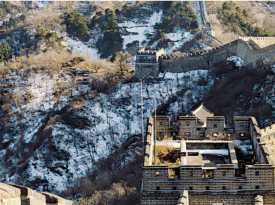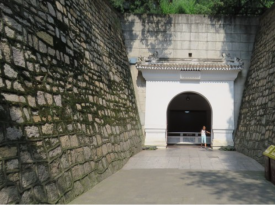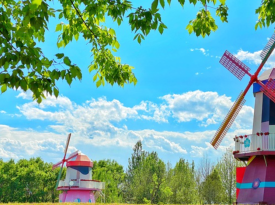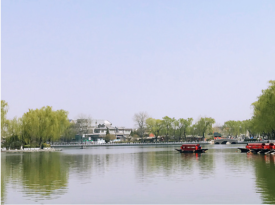The Huabiao in Tiananmen Square
The Huabiao in Tiananmen Square is located in front of and behind Tiananmen in Beijing. It is a typical representative of the traditional Chinese architectural form and contains profound historical and cultural connotations and symbolic meanings.
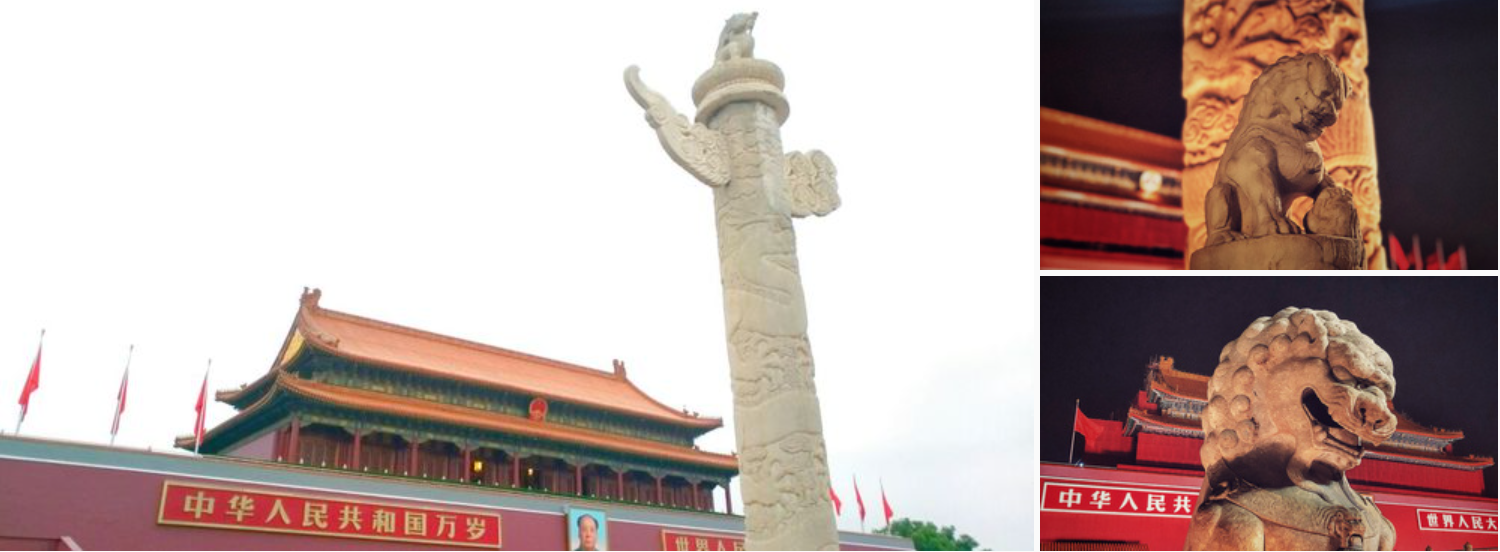
The Huabiao consists of parts such as a Sumeru pedestal, a coiled dragon column, a dew-catching plate, and a squatting beast on it. The Sumeru pedestal has a stable shape and provides a solid foundation for the Huabiao. The coiled dragon column is tall and thick. The body of the column is carved with exquisite coiled dragon patterns. The dragon's body winds and coils, showing its fangs and claws, as if swimming through the clouds. The carving technique is extremely exquisite, and the lines are smooth and natural. Every detail shows the superb skill level of ancient craftsmen. There is usually a mythical beast squatting on the dew-catching plate, named Wangtianhou. The directions of the Wangtianhou on the two pairs of Huabiao in front and behind are different. The Wangtianhou on the pair of Huabiao in front of Tiananmen Gate faces outside the palace and is called "Looking for the Emperor's Return", which implies that it is expected that the emperor should not be greedy for the scenery when traveling outside and should return early to handle state affairs and care about the people. The Wangtianhou on the Huabiao behind Tiananmen Gate faces inside the palace and is called "Looking for the Emperor's Exit", hoping that the emperor should not be indulged in the pleasures of the palace but should go out of the imperial palace more often to understand the sufferings of the people and observe the people's conditions.
These Huabiao are not only beautiful architectural decorations but also an embodiment of ancient Chinese political culture and philosophical thought. They have witnessed the historical changes of Tiananmen Square and experienced countless major historical moments. They have always stood firm in the long river of history and have become one of the iconic architectural elements of Beijing and even China. They attract tourists from all over the world to come and watch and take pictures, allowing people to deeply appreciate the profound and extensive traditional Chinese culture while feeling their unique artistic charm.
TAG:

